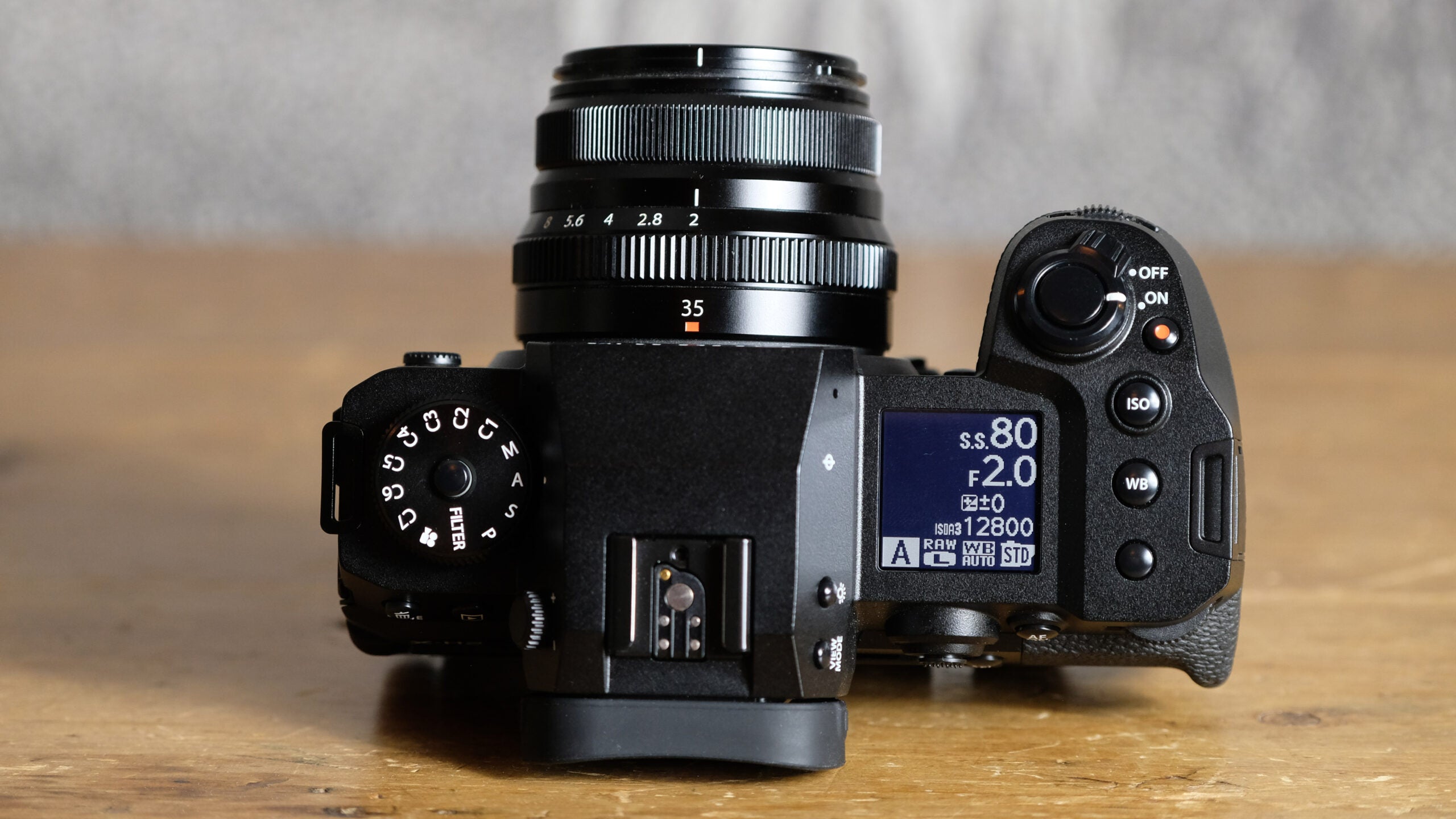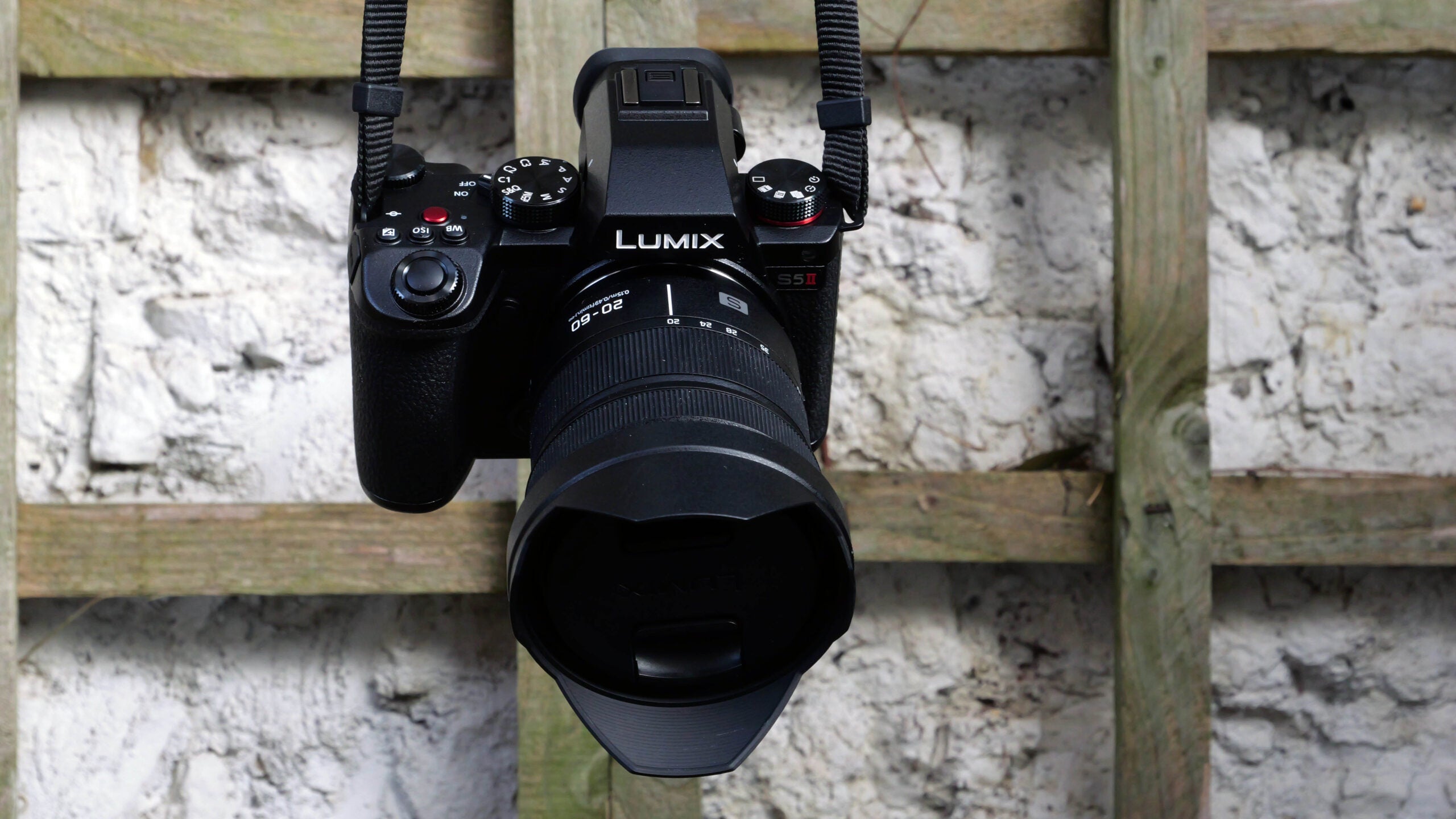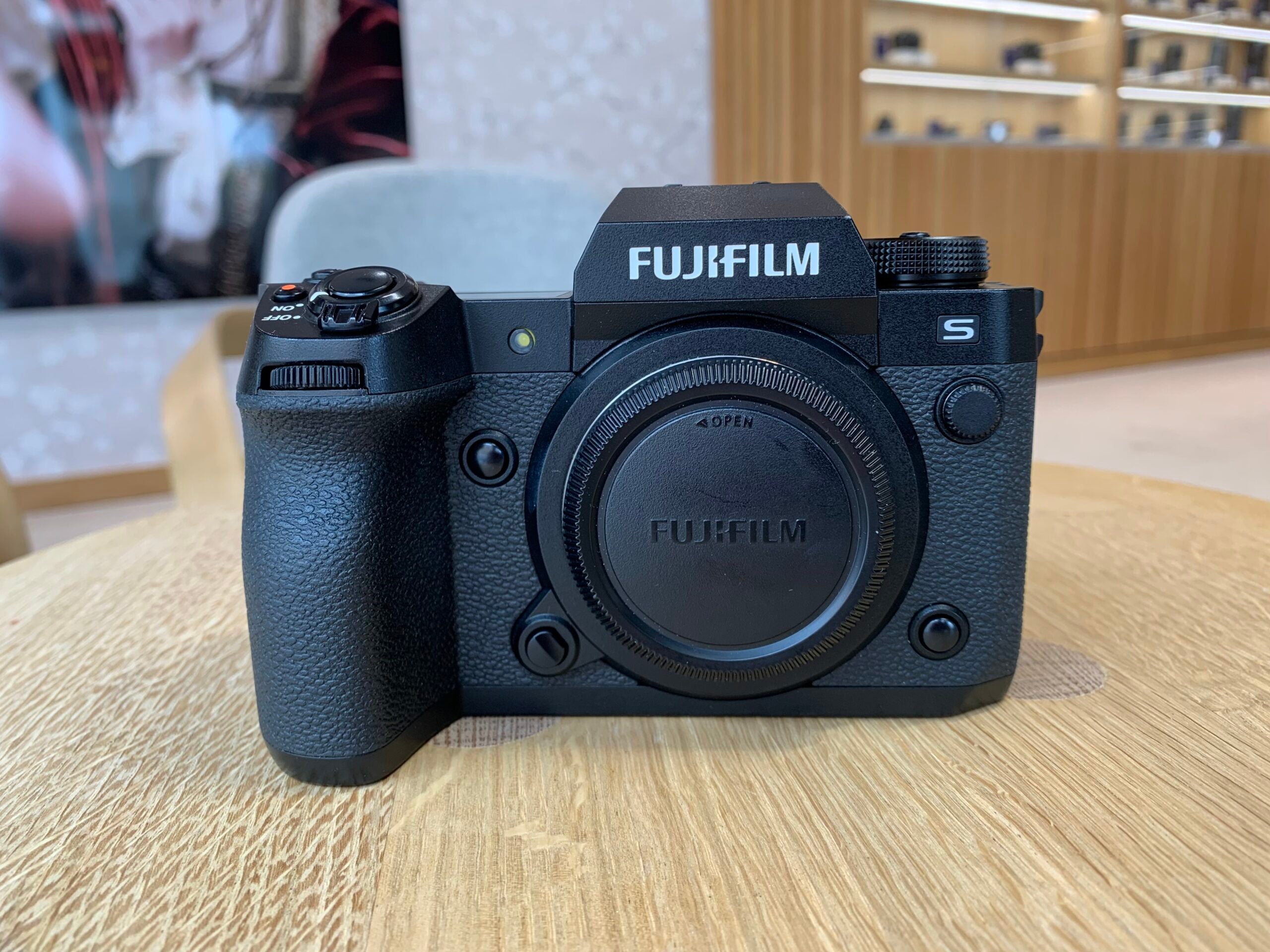Fujifilm X-H2 vs Sony A7 IV: How do they compare?

Earlier this year, Fujifilm announced a new addition to its mirrorless camera line-up with the X-H2. But, how does it stand up to the 4.5-star Sony A7 IV?
Both cameras benefit from large sensors for high-resolution images. The Sony A7 IV packs a 33-megapixel full-frame sensor, while the X-H2 was the first camera to include Fujifilm’s new 40.2-megapixel APS-C sensor.
However, there are many aspects you should consider before spending upward of £2000 on your next camera.
Keep reading to find out how the Fujifilm X-H2 and the Sony A7 IV compare when it comes to design, specs, features, image quality and more.
Pricing and availability
The Sony A7 IV went on sale in December 2021 at $2499/£2400, while the Fujifilm X-H2 launched just under a year later in September 2022 at $1999/£1899.
This makes the Sony camera around $500/£500 more expensive than the Fujifilm.
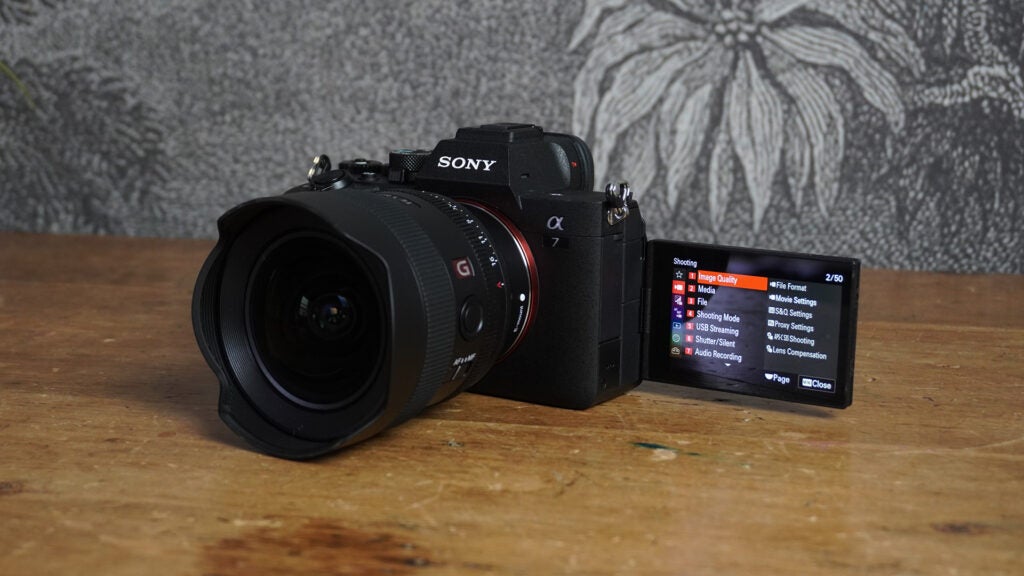
Design and display
Both cameras have similar weights, but the X-H2 is a little wider and chunkier than the A7 IV at 136.3 x 92 x 84.6mm, while the A7 IV is taller at 131.3 x 96.4 x 79.8mm.
Visually, the two cameras don’t look that different. Both models are black with a textured grip, a smattering of buttons and dials and an interchangeable lens mount. However, the X-H2 does also include a 1.28-inch monochrome LCD monitor on the top to display camera settings at a glance.
As far as the larger displays go, both cameras come with 3-inch vari-angle touchscreen monitors that open from the side, allowing you to capture images and videos from a variety of angles including selfies and vlogs.
We found the side-opening screen to be a great addition to the A7 IV, though the connections could get in front of the screen when we had a few things plugged in.
Both mirrorless cameras also feature 0.8x 5.76-million dot electronic viewfinder. However, where the EVF on the X-H2 has a 120fps refresh rate, it isn’t clear in the case of the A7 IV.
The X-H2 and the A7 IV include an HDMI port, USB-C and 3.5mm jack for mic and headphones. Both cameras also support SD and CFexpress memory cards, though the Sony is limited to Type A whereas the Fujifilm camera works with Type B cards.
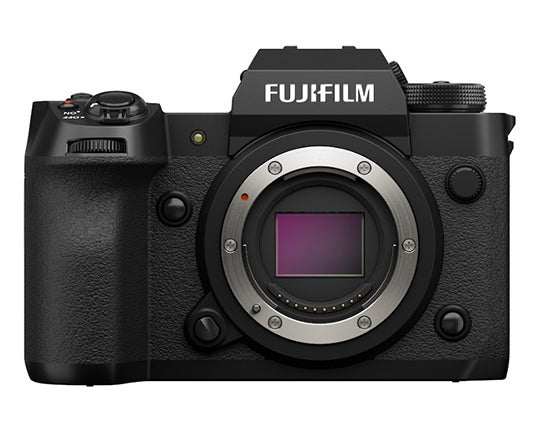
Specs and features
The X-H2 and the A7 IV both feature large sensors capable of snapping high-resolution stills. In the X-H2’s case, this is the 40.2-megapixel X-Trans CMOS 5 HR APS-C sensor, whereas the A7 IV comes with the 33-megapixel Exmor R CMOS full frame sensor.
The sensor works in conjunction with the X-Processor 5 image processing engine in the X-H2 and the BIONZ XR processor in the A7 IV. The latter focuses primarily on speed, while the X-Processor 5 delivered improvements to the Fujifilm’s battery life.
The X-H2 has an ISO range of 125-12800 (64-51200), while the A7 IV supports a significantly wider range of 100-51200 (50-204800), meaning the Sony camera should perform better in more challenging lighting conditions.
However, the X-H2 supports 7 stops of image stabilisation to the A7 IV’s 5.5 stops and it offers faster shutter speeds of 15fps with the mechanical shutter and 20fps with the electronic shutter, whereas the A7 IV is limited to 10fps with either shutter.
That said, 10fps continuous shooting should be fast enough to meet most users’ needs.
Finally, there’s autofocus. The X-H2 is capable of detecting a wide range of subjects, including faces, eyes, animals, birds, automobiles, motorcycles and bikes, planes and trains. The A7 IV, on the other hand, can detect people, animals, birds and their eyes.

Image and video quality
The A7 IV can capture 33-megapixel images and 4:2:2 10-bit 4K video at up to 60p, or 1080p at up to 120fps in Sony’s S&Q mode.
We found that the camera was capable of capturing excellent levels of detail and its full frame sensor makes achieving a short depth of field easy. Images are crisp and clean in low light conditions and the autofocus is fast, making the A7 IV an incredibly versatile camera capable of tackling anything from landscapes to portraits to street photography.

The video quality is similarly superb even in challenging lighting conditions, but it does crop quite severely down to an APS-C field of view.
We haven’t tested the X-H2 ourselves just yet, so we can’t speak on the image or video quality from experience.
However, we do know that the Fujifilm is capable of snapping high-resolution 40-megapixel stills, as well as huge 160-megapixel images using the camera’s Pixel Shift Multi-Shot feature which combines multiple RAW photos into one larger, more detailed image.
As far as video goes, the X-H2 is capable of capturing 4:2:2 10-bit 8K footage at 30p, or 4K at up to 60p. This means if you’re looking for a hybrid camera with 8K video, the X-H2 may be a better option over the A7 IV, though again, we haven’t gotten a chance to test it ourselves just yet.
You’ll have to check back here when we publish our full review of the Fujifilm camera.

Early verdict
At a glance, the Sony A7 IV and the Fujifilm X-H2 are both very well-equipped, high-resolution mirrorless cameras.
Both have large sensors and powerful image processors, but the X-H2 packs more megapixels into every image. It also offers image stabilisation, a faster shutter speed and 8K recording.
The A7 IV, meanwhile, has a wider ISO range for tackling challenging lighting conditions and a full frame sensor.
It’s tempting to call the X-H2 the winner here, especially as it’s £500 cheaper on top of these comparisons. However, you’ll have to wait for our review of the Fujifilm to hear our final verdict on how these two cameras compare.


